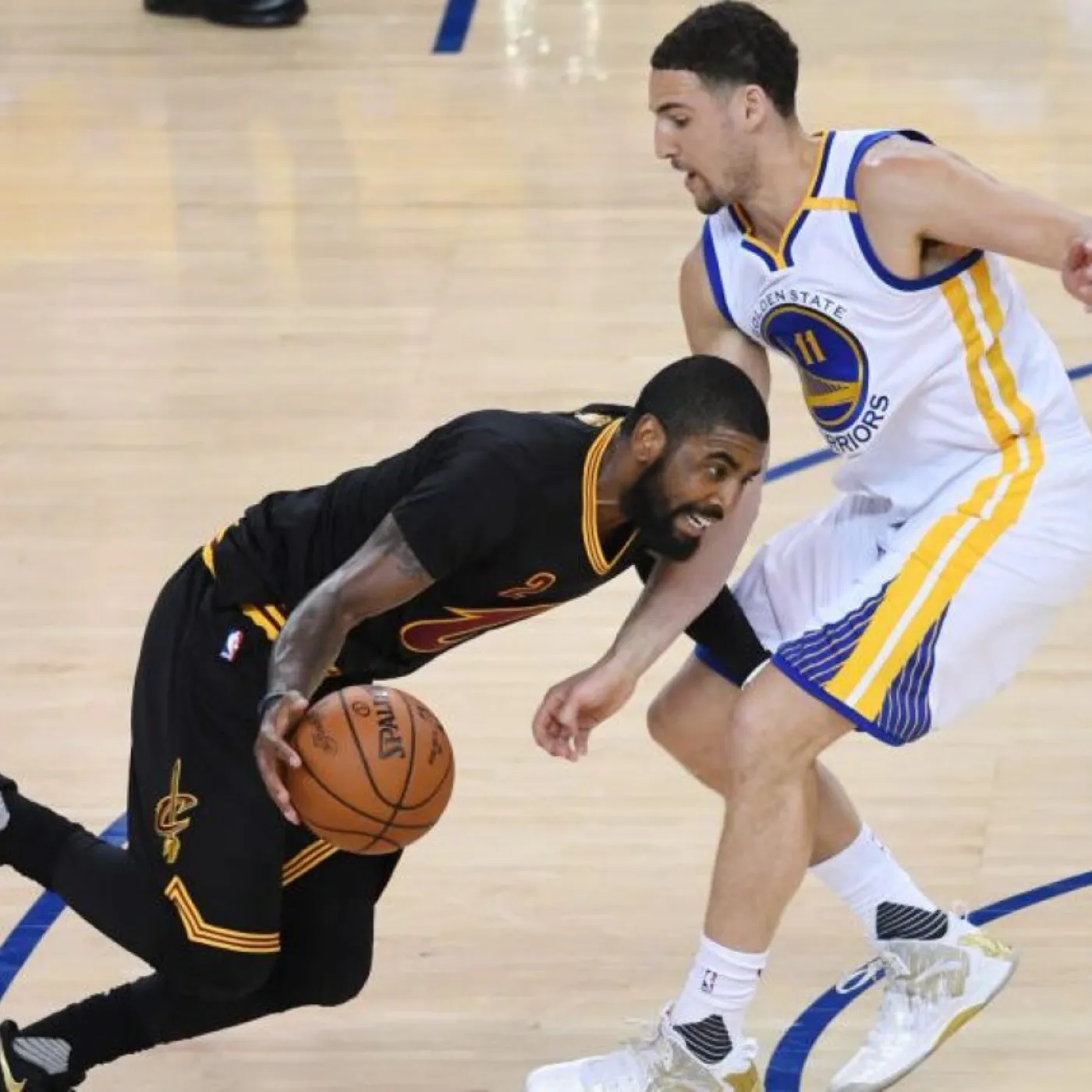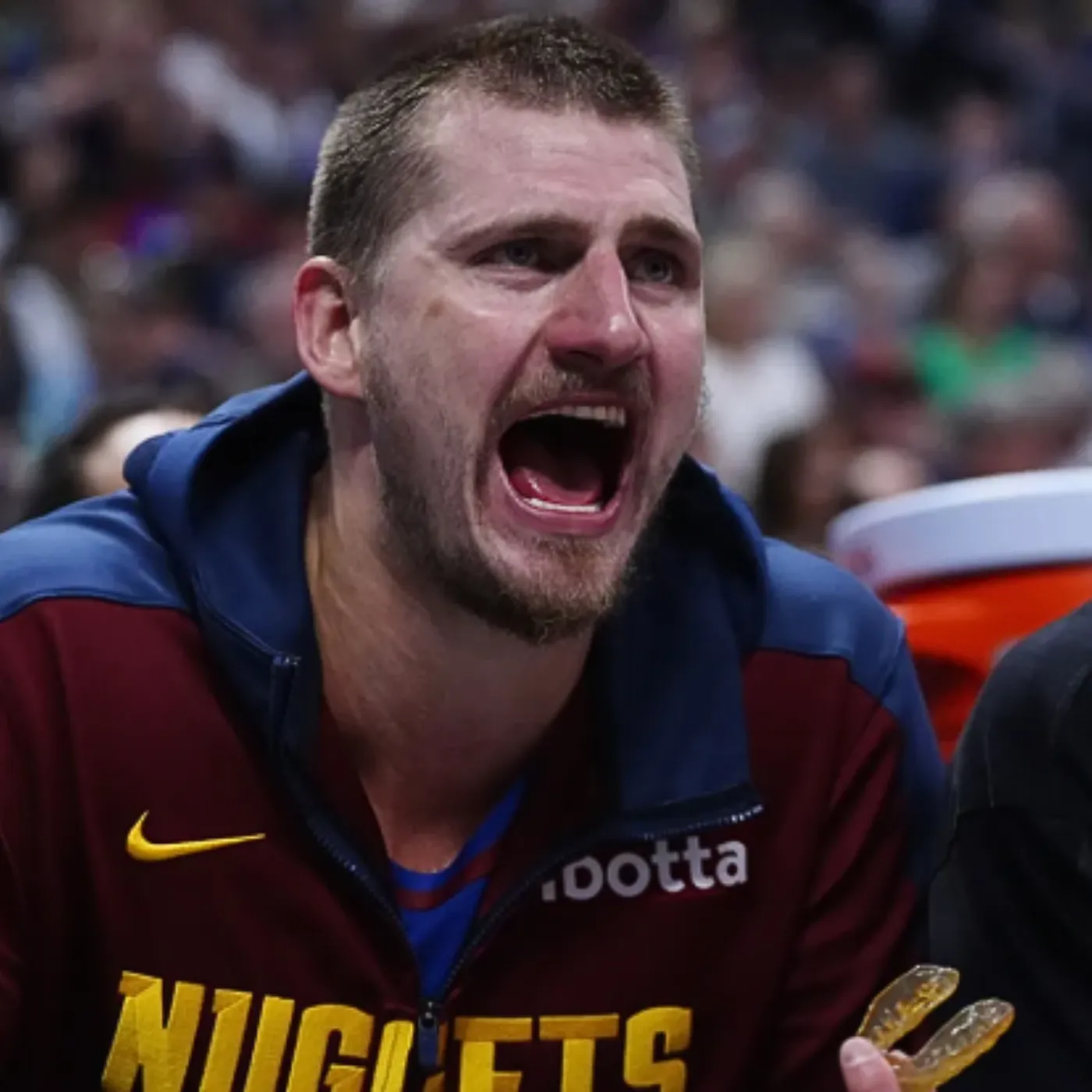

Kyrie Irving’s Season-Ending Injury: What It Means for the Dallas Mavericks and Klay Thompson’s Role
In a development that has sent shockwaves throughout the NBA, Kyrie Irving has been ruled out for the season due to a torn anterior cruciate ligament (ACL) in his left knee. This devastating injury not only marks a turning point for the Dallas Mavericks but also raises a pressing question: Will this force the team to increase the playing time of their other prime-time asset, Klay Thompson? While the situation appears complex, the implications of Irving’s absence are far-reaching, impacting team strategy, player roles, and the overall dynamics of the Mavericks’ season.

The Injury Crisis: Kyrie Irving’s Setback
The Incident and Its Immediate Impact
During a recent high-intensity game, Kyrie Irving suffered a severe injury that left fans and analysts in disbelief. The torn ACL has effectively ended his season, leaving the Mavericks without one of their key players.
- Severe Damage: Medical reports confirm that the injury is serious enough to sideline Irving for the remainder of the season. This has forced the Mavericks to confront a significant setback, as his skill and creativity on the court were integral to the team’s offensive schemes.
- Game Disruption: The injury not only affected the momentum during that specific game but also has the potential to disrupt the overall season strategy. With Irving out, the team’s offensive flow and ability to create scoring opportunities have taken a hit.
Long-Term Recovery and Uncertainty
The recovery timeline for an ACL injury is notoriously long and unpredictable. Experts estimate that returning to full form could take anywhere from 9 to 12 months, if not longer.
- Extended Rehabilitation: For a player like Irving, whose agility and ball-handling are crucial to his style, this injury could have lasting implications on his performance even after recovery.
- Impact on Season Goals: With Irving’s season effectively over, the Mavericks must recalibrate their goals and expectations. This includes assessing how to fill the void left by one of their star players and adjusting their strategies for the upcoming games and potential playoff runs.
Klay Thompson: A New Role on the Mavericks?
The Question on Everyone’s Mind
With Kyrie Irving’s absence, a major point of discussion has emerged regarding Klay Thompson. Although Thompson is more famously associated with another franchise, in this scenario, he is highlighted as the “other prime-time player” on the Mavericks’ roster—a notion that underscores the evolving nature of team dynamics in the face of adversity.
- Increased Minutes: Mavericks coach Jason Kidd hinted that as the season deepens, the rotation will have to adjust, and star players will inevitably have to log more minutes to gear up for the playoffs.
- Statistical Insights: Recent game data shows Thompson playing 34 minutes in a critical loss to the Milwaukee Bucks. Although his season-high minutes have been only slightly higher at 35 minutes in previous matchups, the current circumstances suggest that an increase in his playing time may be imminent.
The Strategic Perspective
Coach Jason Kidd elaborated on the situation by stating, “As deeper the season gets and the games get bigger, you start to play your stars more minutes to get ready for the playoffs because the rotation gets shorter, and those stars play more minutes.”
- Adapting the Rotation: The absence of Irving necessitates a shift in the team’s rotation. Thompson is expected to shoulder more responsibility, both in terms of scoring and defensive stability.
- Balancing Fatigue and Performance: Increasing Thompson’s minutes is not without risk. Managing player fatigue will be critical to avoid overexertion, especially during the long grind of the regular season and the intensity of playoff competition.
- Team Synergy: Adjusting Thompson’s role may also lead to changes in how other players are utilized. The coaching staff will need to ensure that the entire team adapts to maintain a cohesive, competitive unit.
The Game Against the Milwaukee Bucks: A Case Study
The Loss and Its Aftermath
In a recent matchup against the Milwaukee Bucks, the Mavericks suffered a 137-107 loss. The game provided a stark reminder of the challenges faced when key players are absent, and it highlighted several factors that could influence future lineups.
- Defensive Lapses: The loss exposed vulnerabilities in the Mavericks’ defensive setup, with opponents exploiting gaps that Irving’s absence created.
- Offensive Struggles: Without Irving’s playmaking abilities, the Mavericks found it challenging to create quality scoring opportunities, placing additional pressure on players like Thompson.
- Turnovers and Execution: The game also featured a high number of turnovers, underscoring the need for better ball management and strategic execution, particularly in the absence of a key leader.
Three Key Takeaways from the Game
- Injury Impact: The loss reinforced the magnitude of Irving’s absence and its ripple effect on team performance. Every missed opportunity and defensive lapse underscored the gap left by a seasoned playmaker.
- Emergence of New Leaders: Despite the setbacks, the game also highlighted the potential for other players, like Thompson and forward Naji Marshall, to step up. Marshall’s impressive 22-point performance, combined with solid rebounding, suggested that the team could still find sparks of brilliance even in challenging circumstances.
- Strategic Adjustments Needed: The coach’s comments and the game’s flow indicate that significant adjustments in rotation and strategy are necessary. The increasing workload on remaining stars will be a critical factor as the season progresses.
Broader Implications: The Future of the Mavericks and the NBA
Impact on Team Dynamics
The potential sit-out of a star like Kyrie Irving has wide-reaching implications for team dynamics, both on and off the court.
- Rethinking Roles: The Mavericks will have to reassign roles, with other players stepping into larger responsibilities. This shift could lead to a more balanced approach, but it also risks overloading key players.
- Maintaining Morale: A significant injury can be a blow to team morale. The coaching staff and management must work to keep the team’s spirits high and foster a sense of unity as they navigate the challenges ahead.
- Building Resilience: Overcoming such setbacks is part of the competitive journey. The way the Mavericks respond to this adversity will define their legacy and could serve as an inspiring example for other teams facing similar issues.
Long-Term Effects on the NBA Landscape

The situation with the Mavericks is a microcosm of larger trends in the NBA, where the management of player health and strategic rotation is increasingly critical.
- Load Management Trends: The emphasis on preserving player health through careful load management is growing. This incident may accelerate the trend of resting key players to ensure they are available for the playoffs.
- Influence on Future Contracts: The handling of injuries and the ability to manage a player’s workload can influence future contract negotiations and endorsement deals. Teams that prioritize player well-being are likely to be viewed more favorably by sponsors and investors.
- Competitive Balance: The potential reshuffling of team roles and rotation strategies may have ripple effects across the league. As teams adapt to these challenges, the competitive balance within the NBA could shift, influencing playoff seeding and championship prospects.


















